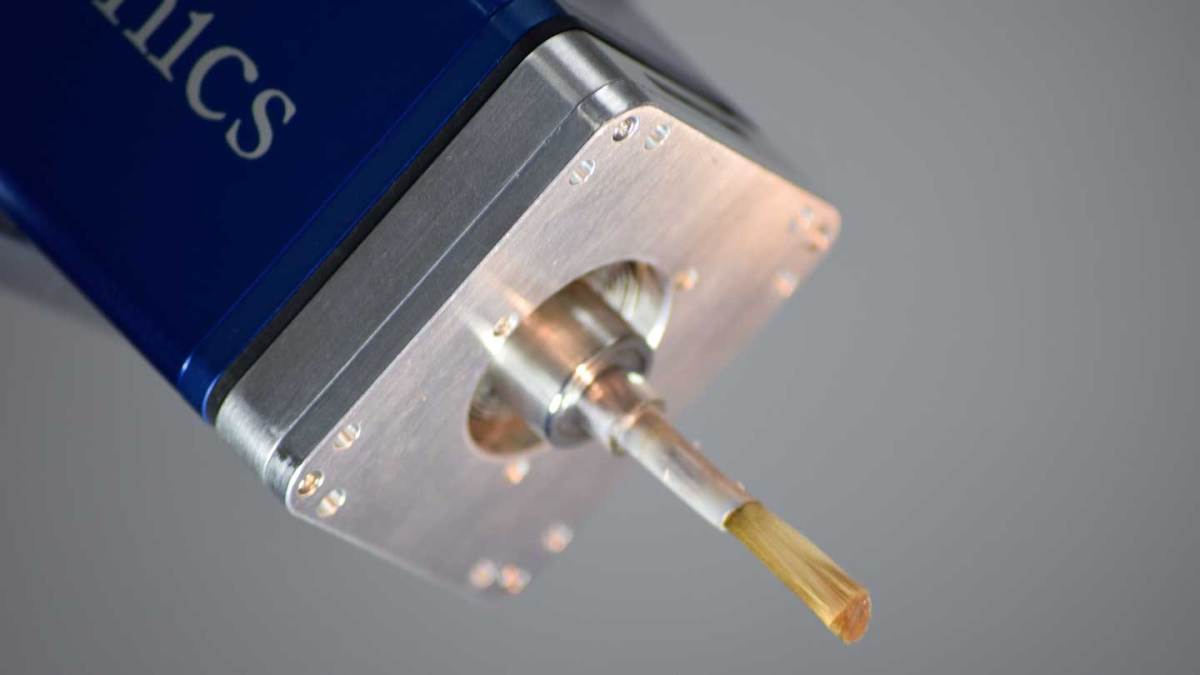A technology first developed in Moldova in 1960 may hold the key to futuristic brain implants.
The Department of Defense selected six consortia to develop brain-computer interfaces on Monday, awarding contracts worth $65 million. The goal is to restore lost senses (presumably for wounded soldiers), but it would change how wars are fought entirely.
To create a “brain modem,” engineers first need to figure out how to record data from a large set of neurons. Its a goal that’s gained extra attention of late, garnering public interest from both Elon Musk and Mark Zuckerberg.
However, these DARPA contracts give a glance at the feasible technological solutions to create the so-called neural lace. According to MIT Technology Review, these include bendable circuitboards layered over the brain, holographic microscopes, and wireless “neurograins” the size of sand.
Paradromics Inc., one of the companies selected by DARPA, is taking a unique approach to recording information inside the brain. It produces a brush-like bundle of extremely thin wires, called microwires, using an old technique developed in Moldova.
Brain-computer interfaces could allow Special Operations forces to silently conduct missions in synchronization or give spies the ability to gather intelligence on an oblivious target from half-way across the world.
This article appeared in an InsideHook newsletter. Sign up for free to get more on travel, wellness, style, drinking, and culture.
























